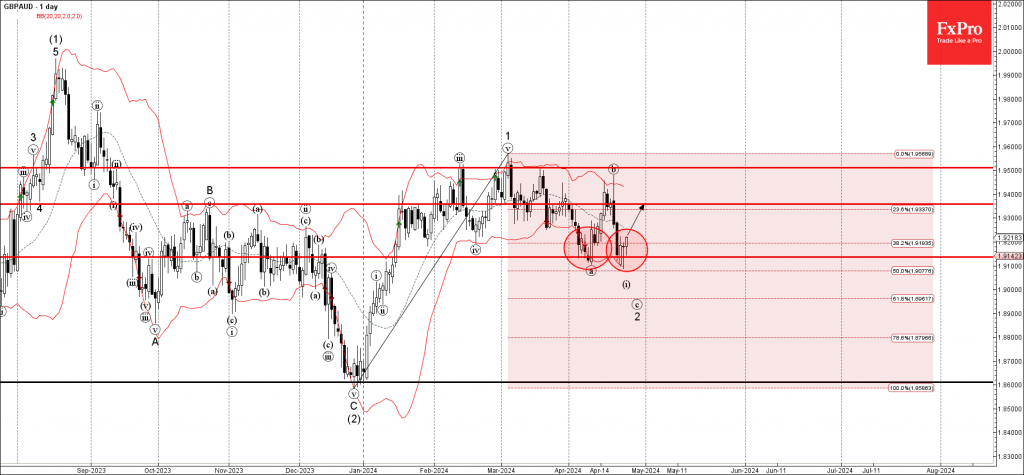Millions in Crypto Is Crossing the Russia-China Border Daily. There, Tether Is King
July 30, 2019 @ 17:00 +03:00

The cash-counting machines were softly buzzing in an office with floor-to-ceiling windows overlooking Moscow’s landmarks. Business is brisk thanks to a constant flow of Chinese merchants who come in daily with heavy bags of cash. Oleg said his OTC desk sells about $3 million worth of crypto every day. Most of it usually goes to China. But what’s perhaps most surprising is which crypto.
Only 20 percent of Oleg’s sales are in bitcoin, the oldest cryptocurrency with the largest market capitalization. The other 80 percent is in the dollar-pegged token known as tether, or USDT. Tether’s best-known application is allowing crypto traders to move money between exchanges quickly to take advantage of arbitrage opportunities. The total volume of USDT purchased by Chinese businesses can reach $10 million to $30 million daily, these traders said.
“They accumulate a lot of cash in Moscow and need tether to transfer it to China,” said Maya Shakhnazarova, head of OTC trading at Huobi Russia, the Moscow office serving high-roller clients of Singapore-based exchange Huobi Global. It’s a simple process. “A client comes with cash, we register the price at exchanges, when we agree on a price, we make a deal,” Shakhnazarova told CoinDesk. “The client hands over cash and a wallet address, the seller sends USDT to the wallet.”
Why tether? It has the usual advantages of crypto – no limits on how much money can be sent or where – without the volatility that makes most coins infeasible for moving millions across the border daily. Back in China, the merchants can exchange USDT for fiat easily, even though the People’s Bank of China banned fiat-to-crypto spot trading in September 2017, forcing the exchanges to move out of the country and limiting trading to crypto-to-crypto pairs.
Chinese traders who need to liquidate crypto assets into Chinese yuan can still go to an OTC market maker, such as those registered on exchanges like Huobi and OKEx, to get matched with buyers and send them crypto after receiving a wire transfer via a bank, AliPay or WeChat Pay. Critics of Tether have long questioned whether the stablecoin was fully backed 1:1 with dollars, as the company long insisted. “Nobody actually cares if tether is backed or not,” says Konstantin Plavnik, chief operating officer of Moscow-based crypto derivatives exchange Xena. Confidence in Tether’s solvency relies on long-time habit and convenience: this market needs tether, so tether is trusted.







